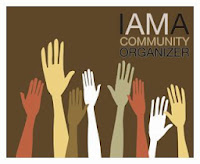Community Organisation is one of the primary methods of social work

Image taken from www.google.com Community Organisation is one of the primary methods of social work . It deals with intervention in the communities to solve the community problems. As a method of social work community organisation can solve the problems of many people in the community through their collective involvement. Community organisation and community development are inter-related as two sides of same coin. The community organisation includes other methods of social work, that is, group work, and casework. The power structure plays a role in community organisation. The social workers need to know the community power structure to practice community organisation method, which is used for empowering people for their development. The details are provided for social work students to understand and practice community organisation effectively. Social Work Concept and Dimensions of Power Differentiate between Community Organisation and Community Development Relevance of Community Organi





